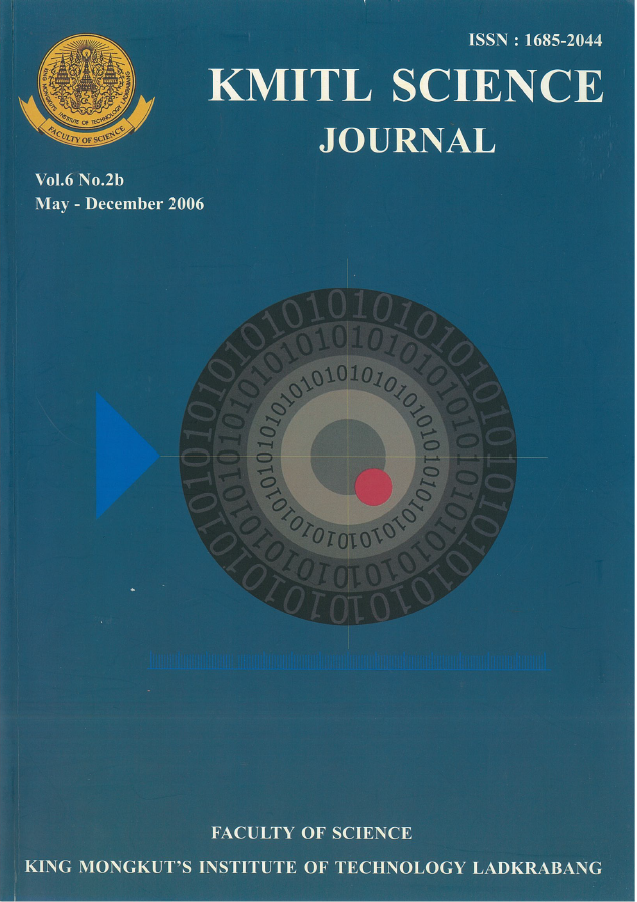Two disinfectants, chlorine solution and the mixture of peracetic acid and hydrogen peroxide solution (PAHP), which widely used in the food industry were examined for their efficiency to eliminate the biofilms compare to the suspended cells using modified capacity test. The tested concentrations of chlorine (200 ppm) and PAHP (0.2% and 0.4%) were effective against the cell suspension of the two test organisms, Staphylococcus aureus and Pseudomomas fluorescens (at least 8 log reduction). No viable colony was observed even when the disinfectants were diluted into half strength of the tested concentration. Whereas the biofilm of the same test organisms gave unsatisfactory results, in particular with the used concentration of PAHP. Furthermore milk showed the greater interfering capacity against the PAHP activity than the chlorine activity when testing with biofilms. Therefore to ensure the full efficiency of disinfection regime in the food industry, the modified capacity test should be applied with the biofilms rather than testing with the planktonic cells.
Keywords: Biofilm, Pseudomomas fluorescens, Staphylococcus aureus, capacity test, disinfectants, peroxyacetic acid, hydrogen peroxide, chlorine
Corresponding author: E-mail: svt@kmitnb.ac.th
Vatanyoopaisarn*, S. . (2018). Disinfectant Testing for Biofilm Elimination using Modified Capacity Test. CURRENT APPLIED SCIENCE AND TECHNOLOGY, 652-657.

https://cast.kmitl.ac.th/articles/150038